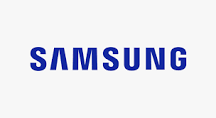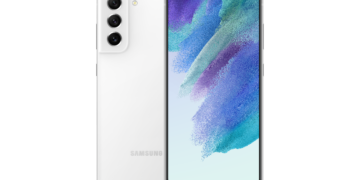OCT 2021 :- Markets are a place of worries when times are uncertain. Markets are also a place where worries dissolve when times are favourable. So, when an investor’s devises an investment strategy, she wonders whether it will work. And when it works, there is a worry whether she will be able to protect, save or invest wisely the money made on her investment strategy. Then, again there is a concern about correction. When markets rally, as they have in the past eighteen months, investors start thinking about a correction. But pulling out of markets is not a solution- as it means that if equities continue to go up, then you lose out on future returns. To overcome this tricky situation, a Systematic Investment Plan (SIP) in Balanced Advantage Fund (BAF), also known as Dynamic Asset Allocation Fund, is a good investment solution.
Regular investments through SIPs in equity mutual funds have worked for many investors. It not only offers convenience of investing as you go on earning it also brings down the risk of timing. When an investor opts for an SIP in BAF, she is effectively investing in a mix of stocks and bonds. The allocation to stocks is determined by model based on multiple factors. A model that calls for allocating more to stocks when stocks are going up has worked for investors in the past. This model also quickly cuts down the exposure to stocks when stocks go out of favour – or trend downward. The dynamic allocation works in two ways – it protects the downside and at the same time it helps in participating in the upside in equity markets.
Balanced Advantage Fund (BAF) works on this strategy. Investing in this scheme through a Systematic Investment Plan (SIP) has rewarded investors in the past. In the past ten years an SIP in BAF has earned 12.36 per cent compared to 14.11 per cent returns of the Nifty 50. This may not excite many, as returns may seem less. But if you look at the downside numbers then you will get the crux of the strategy. While the Nifty 50 index has been volatile by 17.34 per cent, BAF has been volatile by 9.14 per cent. You cut the volatility by almost half. So, to put it simply, BAF gave 88 per cent more upside than the Nifty in the same period of time. Also it scores well on max drawdown parameter. Max drawdown is the maximum loss a scheme incurs from its previous top or peak. BAF’s max drawdown stands at 16 per cent while for the Nifty 50 index, max drawdown is 38%. This should allay any concern regarding BAF’s management. This is despite the fact there has been certain amount of volatility in markets. In a Balanced Advantage Fund (BAF), there are two distinct advantages. One is the advantage of equity focus. In most Balanced Advantage schemes, increasing allocation to quality companies in a rising market provides better returns than broad markets. The second advantage is of exposure to good quality bonds which ensures that there is little risk and unpleasant surprises are avoided. These factors further reduce volatility and improve BAF’s returns. If a BAF maintains minimum 65% exposure to equities, it is taxed as an equity fund.
Since this strategy ensures a relatively less volatile experience for investors, even risk averse investors looking to invest in stocks can start an SIP in this scheme. If you have a large sum, you can always invest it in one go or through a Systematic Transfer Plan (STP) for a short period in BAF. An SIP ensures disciplined approach to investing. Longer you stay invested, more likely you will get better risk adjusted returns on your investments. The recent data from Association of Mutual Funds of India (AMFI) shows that contributions from SIP have touches record high at Rs 10,351.3 crore in September 2021 in comparison with Rs 9,923 crore in August 2021. This is the first time the total SIP value has crossed Rs 10,000 crore. In September 2021, nearly 26.8 lakh SIP accounts were added which again is a record addition for the industry. This shows the increasing preference towards SIP when it comes to investing in equities.
In the context of these facts, long-term retail investors can consider doing an SIP in BAF scheme. Besides reasonably good and stable returns, an SIP in BAF also can be considered as long-term investments. A BAF scheme can be a part of your core investment portfolio for long-term goals such as child’s higher education or your retirement planning.
Disclaimer: Deepak Jain is the Head – Sales at Edelweiss Asset Management Limited (EAML) and the views expressed above are his own.
MUTUAL FUND INVESTMENTS ARE SUBJECT TO MARKET RISKS, READ ALL SCHEME RELATED DOCUMENTS CAREFULLY
An investor education initiative by Edelweiss Mutual Fund
All Mutual Fund Investors have to go through a onetime KYC process. Investor should deal only with Registered Mutual Fund (RMF). For more info on KYC, RMF and procedure to lodge/redress any complaints, visit – https://www.edelweissmf.com/kyc-norms





































